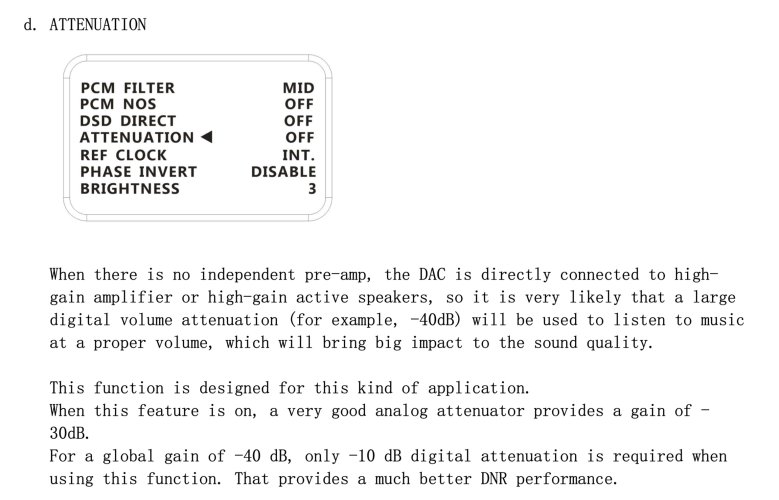Decided to upgrade R26 renderer firmware from version v1.4 to v1.42, but things got very weird….

My system is based on a Raspberry Pi 4 with a HiFi Berry Digi+ Pro board (
https://www.hifiberry.com/blog/hifiberry-digi-pro-our-most-advanced-digital-audio-interface/), running Volumio OS (
https://volumio.com/en/) for music playing from a Synology NAS.
For the optical connection I’ve DSD over PCM (DoP), because of the limitations of HiFiBerry card.
I also use Audirvana Studio app (
https://audirvana.com/) on Windows do play directly to the R26 renderer using the network (LAN).
With renderer firmware version 1.4 everything worked fine. Had only some clicks/lags when changing music.
Using the optical and coaxial connection (SPIDF) I was able to reproduce:
- PCM files limited to 192 KHz;
- DAC played DSD files (DSD64-2,8MHz) with DoP, via optical/coax interface with no problems;
- The DAC display the correct protocol (DSD, PCM and sample rates).
- The DAC did not recognize MQA files and played them as PCM files.
Using the USB interface, I was able to reproduce:
- DSD files (DSD64, DS128 and DSD256) with no problem;
- All PCM bit rates
- MQA 352,8kHz encoded files.
- The DAC display the correct protocol and sample rates (PCM, DSD and MQA).
Using the renderer via network (LAN), I was able to reproduce:
- DSD files (DSD64, DS128 and DSD256)
- All PCM bit rates
- MQA 352,8kHz encoded files.
- The DAC displayed the correct protocol and sample rates (PCM, DSD and MQA).
Tried the latest official version of the renderer
firmware v1.42 and using PCM, DSD and MQA, confirmed that DSD is not recognized using LAN via Audirvana Studio. Also notice that:
1 - Using optical with DSD64 files I get a
huge noise on speakers and the display
repeatedly changes from PCM to DSD!
2 - Using USB interface with DSD and MQA encoded files, the following happens:
DSD64-2.82Mhz shown as PCM 352,8k
DSD128-5.64Mhz shown as PCM 384k
DSD256-11.28Mhz shown as PCM 384k
MQA 352.8kHz shown as PCM 44.1k
Did a
downgrade to version 1.4 and DSD files are now playing via LAN and display show the correct format (PCM, DSD, MQA). But using the optical interface the noise did not disappear (for DSD files) and the display is changing from PCM do DSD, like previously stated. Again, using USB with DSD and MQA encoded files, the following happens:
DSD64-2.82Mhz shown as PCM 352,8k
DSD128-5.64Mhz shown as PCM 384k
DSD256-11.28Mhz shown as PCM 384k
MQA 352.8kHz shown as PCM 44.1k
Furthermore, using the LAN, instead having a MQA in display I’ve now OFS 352.8k (Please see picture Display_Playing_MQA_file_using_Streamer.jpg).
Any clues how to solve this? (I would like to be able again to reproduce both DSD and MQA files from USB and DSD files using the optical interface as with version 1.4).























